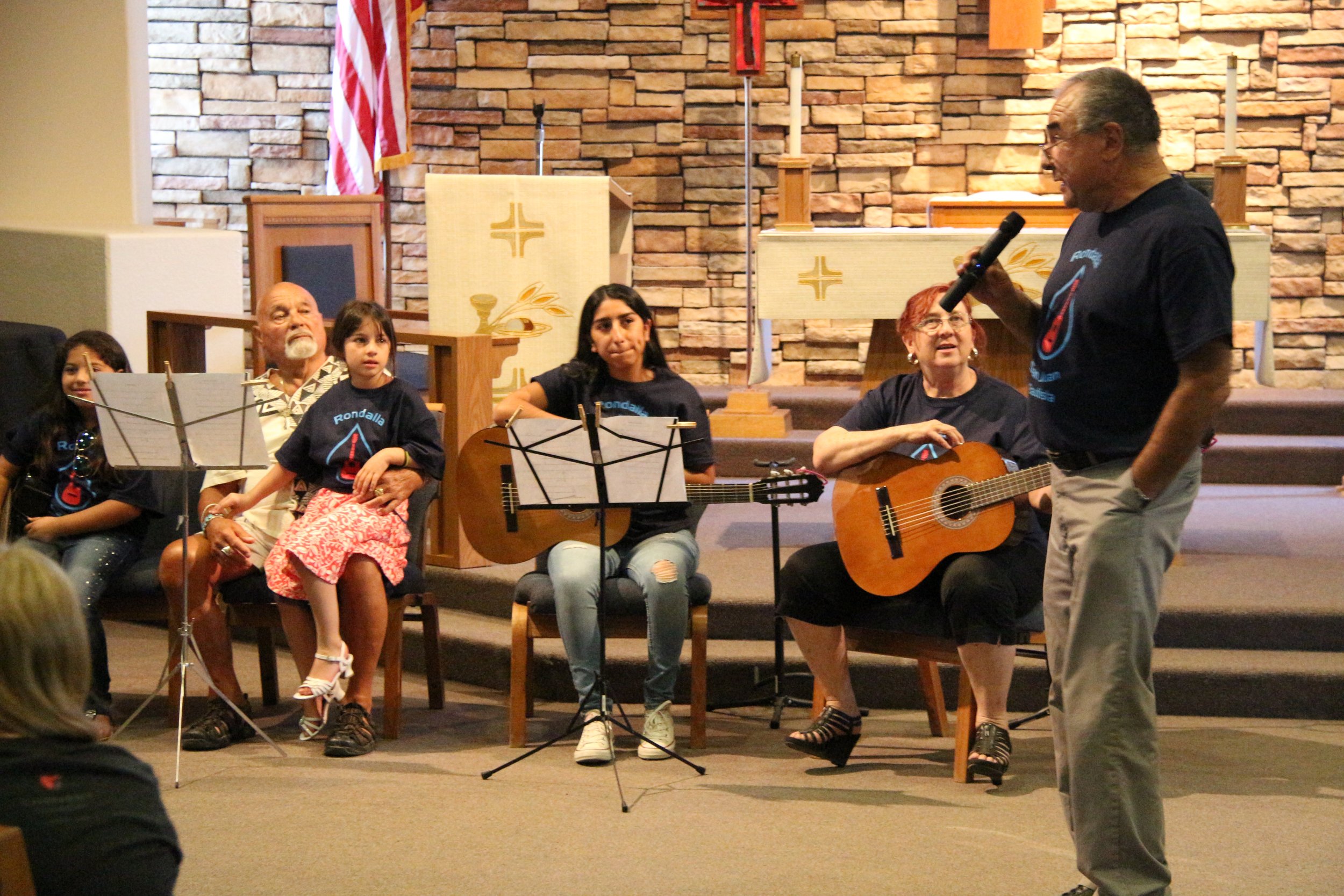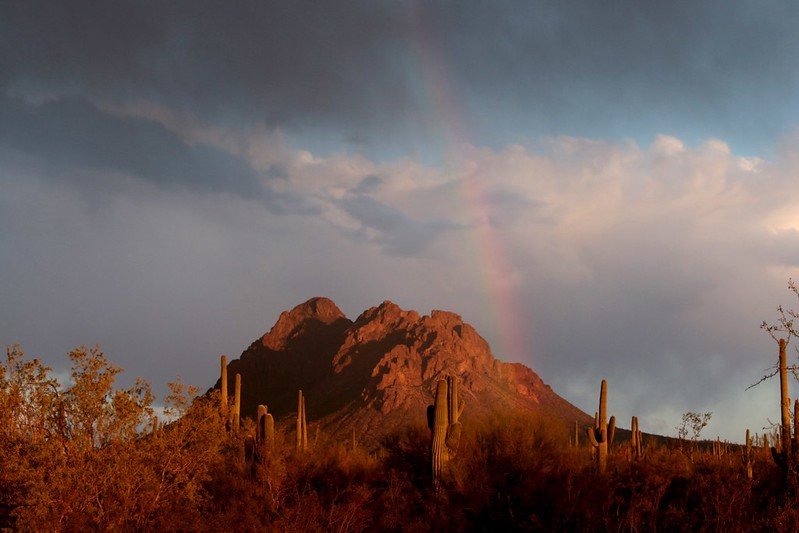Our sanctuary renovations have started, and I hope you’ve had a chance to look at the sanctuary, if you can’t make it in person. As of writing this, we got the first phase completed: the painting of the walls. The two tones have warmed up and brought the sanctuary in a lot. I’ve been very pleased with how it’s come out. Sometimes things don’t look like you think when the color goes on, but this time worked. The peak in front, with the darker brown, really pulls your eye to the front, and pulls it up, so the room feels more high and less wide – less cavernous. The darker brown on the upper sides and back corners also does this. The lighter brown, on the lower sides and big, front walls contrasts well.
I’ve said for many years that we have to face the reality that average worship attendance is not likely to reach the highs of the early 2000’s. I said this before Covid, as trends have shown that most church members consider themselves active if they come even once a month, sometimes less. So you can have the same number of people, but the room gets emptier. Throw in Covid, and then people staying home and following online, and it’s even less. To grow the weekly average would require a massive jump in total numbers, so we could keep adding new members for years and still not see much difference on Sunday morning.
Then there’s the seasonal fluctuation. The snowbirds return to the north, and the families start vacations and camps. The first service drops to the low 20’s, and the second service in the 60-80 range (it varies a lot). We don’t need 220 spaces for either one.
This changes the dynamic in the room, of course. A full room has lots of energy, and feels more alive, even if it has fewer people, if the people are closer together. We have more people than a lot of the storefront churches around, but they’re jammed in small spaces so they *feel* more alive because they’re more crowded. On the flip side, when you come into a giant space that has 50-90% empty seating spaces, it *feels* empty– even if the actual, raw, number of attendees is the same as the storefront. In other words, if you reduce the seating and make the room feel smaller, people *feel* the space to be more warm and comfortable, and the congregation more alive. Empty pews telegraph how many used to be here but now aren’t. Full seats telegraph growth and success.
The sanctuary with the new paint colors.
All this undergirds the reasoning behind a lot of our sanctuary changes. The paint makes it feel more warm and cozy. Taking out half the pews allows us to size seating closer to capacity. Moving the band and choir up will make them more visible, which will make them feel closer. Extending the front platform across the room will make the seating area feel smaller still.
There are many other reasons for why we’re doing what we’re doing: to allow greater flexibility and creativity, to see better (the lights) and to have better angles for livestreaming (the platform). All this, together, will give us an adaptive space for future uses – even ones we can’t anticipate.
One note: when the shorter pews come back in they will not be bolted to the floor, so pulling on them to stand up will make them tip. We’re going to increase their stability by bracing the backs, but it won’t be 100% tip proof. On the flip side, we can space them out a little more, and move them around for special occasions or future needs.
Speaking of lights, while I write this the electricians are busy replacing those in the sanctuary. This includes the wall lights and 16 new track lights behind the front wood beam: 4 for choir, 4 for the band, and 8 new track lights for the altar area. All are LED and all are dimable. We will have more light for Sundays morning, and less for special services.
Once this is done we wait until vacation Bible school (June 5-9) is over. Then, on June 12 and 13 we’ll need lots of volunteers to come in and unbolt the pews and take them apart so the carpenter can haul them off for repair. June 11, then, will be the last Sunday in the sanctuary until the renovations are complete – a planned total of five weeks. During this time worship will be in the fellowship hall. It will still be the same two services, just in a different location. It should remind us of the good old days of being at Coyote Trail Elementary and meeting in the cafeteria – except that we’ll have less moving of chairs and equipment.
I thank everyone up front for all your flexibility and patience. We’ll have a lot of schlepping pews and tables and chairs around, lots of moving things and problem-solving space issues. It is only temporary. Most will be done before I leave on July 3rd, but not all. It will be fun to come back and see everything new.
Peace,
Pastor Lars














